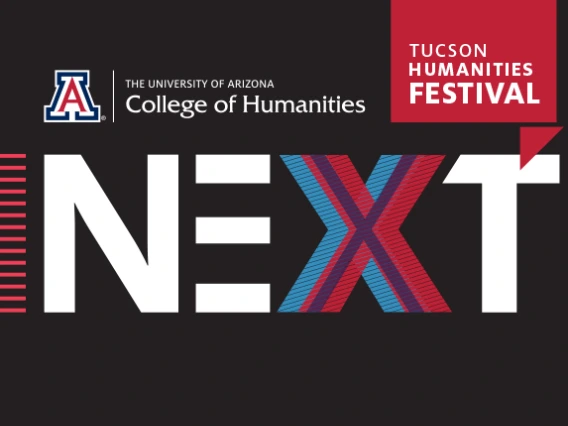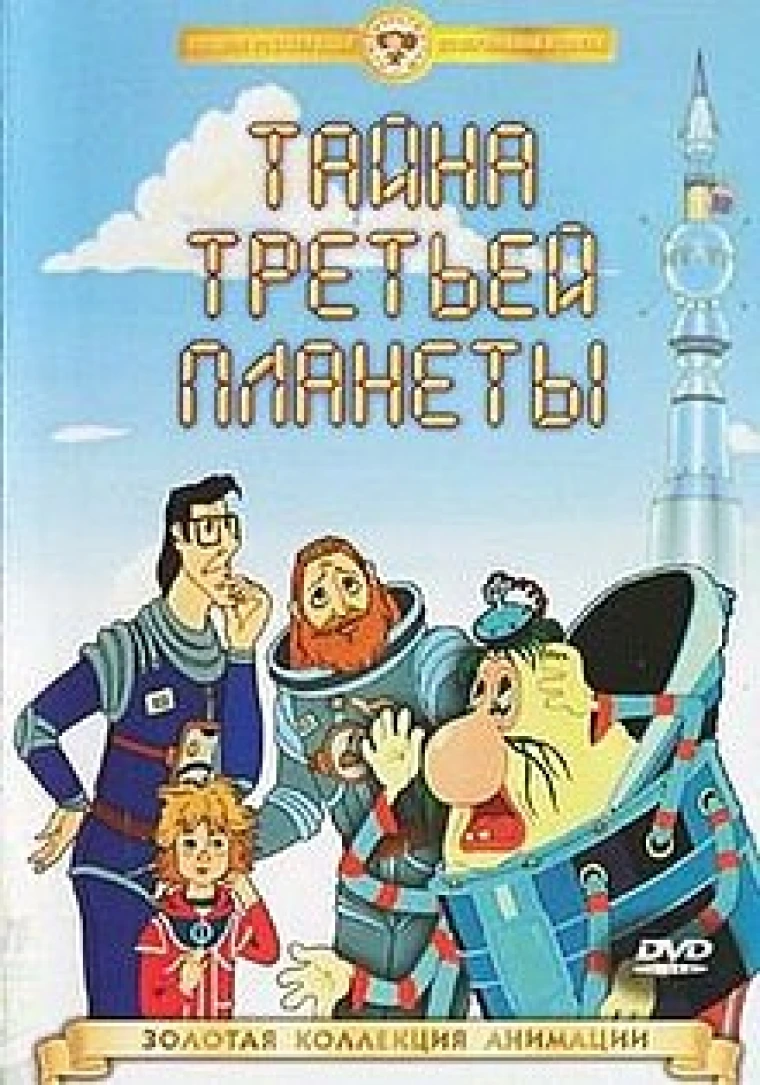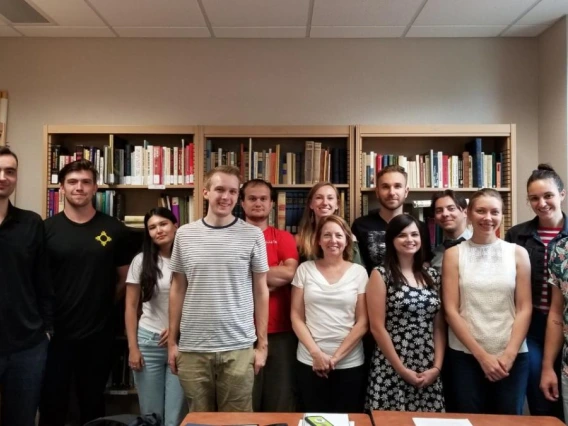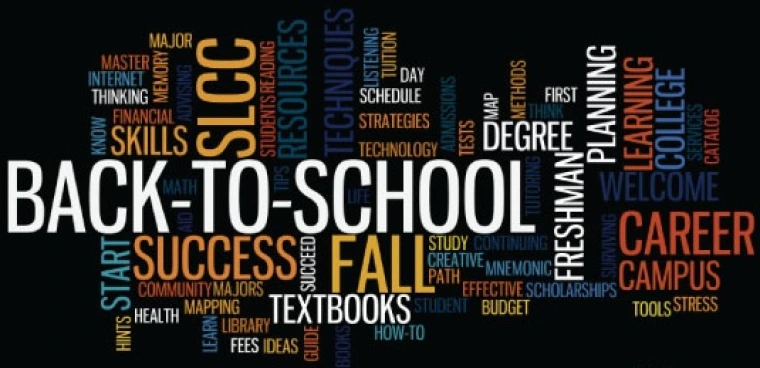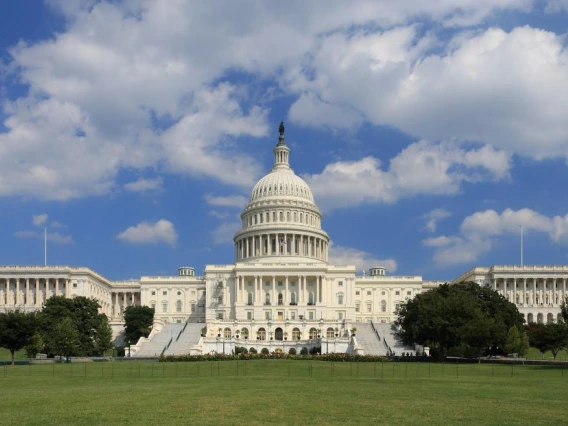COH 2019 Alumna of the Year: Dana Vandersip
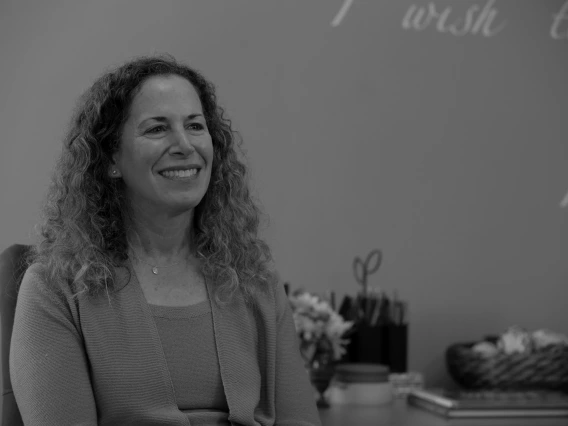
Dana Vandersip, a 1988 graduate of the UA’s Russian department who went onto a prominent career in philanthropy, is the College of Humanities 2019 Alumna of the Year.
The Russian courses and other Humanities classes taught Vandersip the sort of communication and intercultural skills that she’s been able to rely on throughout her career, rising from a grant writer in Washington, D.C. to her current position as Vice President of Development for Make-A-Wish San Diego.
“I learned how to communicate, I learned how to write and have conversations with people from all different walks of life and all different cultures and countries. I had that ability when I left to have an inquisitive mind that would take me even further,” she says. “I’m a questioner and that blossomed when I was at the University of Arizona and I’ve carried that with me ever since.”
Vandersip’s role as a fundraiser calls for both broad, strategic thinking and detailed, day-to-day work for an organization that each year grants wishes to more than 200 children with critical illnesses.
“For me, it’s about being able to use my fundraising skills and my strategic skills to be able to help shape an organization and fulfill its mission,” Vandersip says. “In this position, I get to look from the 30,000-foot view and I get to do all the strategic planning, then also I can create a training plan for each employee unique to what their hopes and dreams and goals are.”
Vandersip will be honored during Homecoming festivities and will be a featured presenter at the Tucson Humanities Festival. She will speak on “Transforming Lives: Empowering Philanthropy through Humanism” at 10 a.m. on Nov. 1 and will be the guest of honor at that evening’s COH Alumni Mixer and the Young Alumni Brunch on Nov. 2.
Vandersip began at Make-A-Wish San Diego in 2013, after previously working for San Diego Hospice, UC San Diego, NARAL Pro-Choice America, the International Research & Exchanges Board, and the U.S. Holocaust Memorial Museum. At each stage in her career, Vandersip says the communication and diplomacy skill she learned studying Russian language and literature were crucial.
In choosing to study Russian, Vandersip says she had no clear idea of where it would lead, but the breadth of new knowledge, and the opportunity to study with some of the university’s best professors, have proven valuable ever since. To give back to current and future students, she has created the Vandersip Scholarship for the UA College of Humanities.
“When I first started studying Russian, I was so deeply entrenched in learning and I loved it. What it did for me was put color in my life,” she says. “It was a combination of learning new things every day, opening my mind to other cultures and other people, and a whole world out there that I could explore. That was the beginning of what could be.”
Connecting with highly accomplished alumni, like Vandersip, is a major initiative for College of Humanities Dean Alain-Philippe Durand, who says those examples can inspire current students.
“The possibilities of career paths for College of Humanities graduates is endless,” Durand says. “Dana Vandersip is a shining example of someone who is able to make a tremendous impact on the world, and the lives of children through Make-A-Wish, by applying the knowledge she gained at the University of Arizona.”


